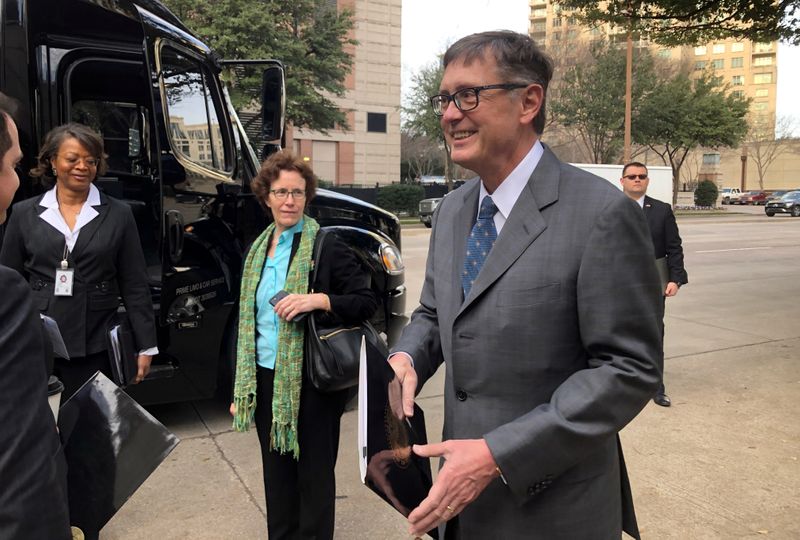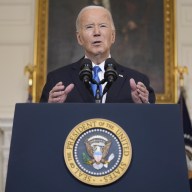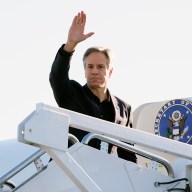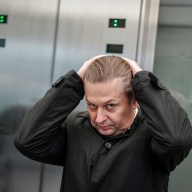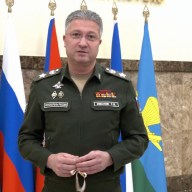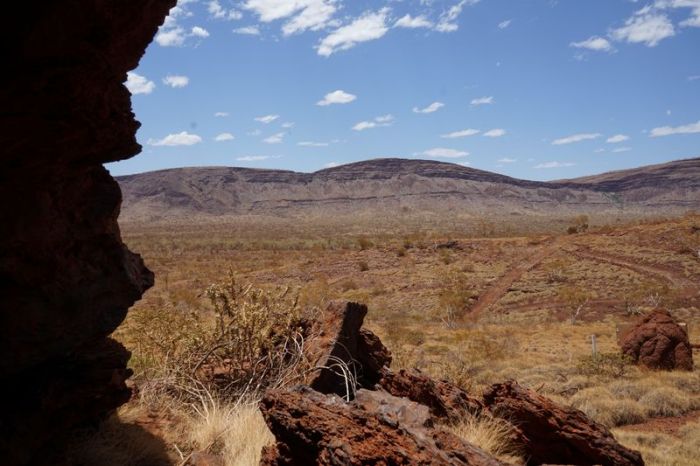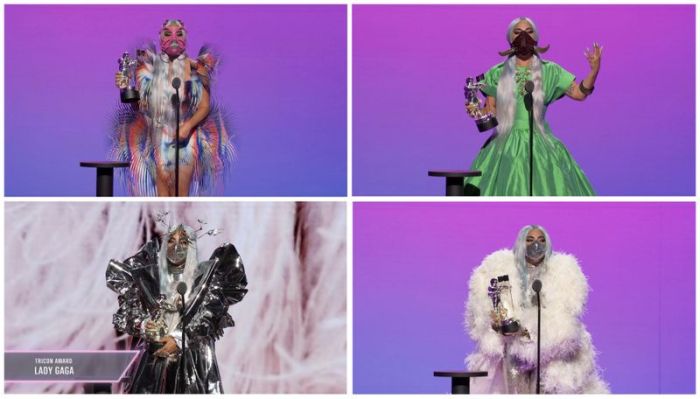WASHINGTON (Reuters) – With a new policy framework in place, the Federal Reserve will turn to debating possible next steps in the U.S. central bank’s fight against the economic fallout of the coronavirus pandemic, Fed Vice Chair Richard Clarida said on Monday.
That discussion is expected to include possible promises by the Fed to link interest rate decisions directly to a return to full employment, and the possible expansion of its monthly asset purchases to further boost the economy.
“Now that we have concluded the review, I imagine we will be returning to a discussion of potentially refining guidance and our balance sheet communication, but I don’t want to prejudge where that would end up,” Clarida said during an event organized by the Peterson Institute for International Economics in Washington.
The Fed last week said it was shifting its strategy to allow higher inflation to offset periods of weak price increases in hopes of letting job markets tighten, wages rise, and workers gain more of the benefits from economic expansions.
Analysts have said the new strategy lacks details and begs the question of what the Fed will do to support its new approach – and in particular when the central bank might announce expected increases in its bond purchases or flesh out the time period used to assess “average” inflation.
Clarida said that latter decision may wait until the economy recovers more.
“I would expect as the economy recovers and as we approach our dual mandate goals there will be further communication,” about the Fed’s plans, Clarida said in a question-and-answer session after he spoke via a webcast at Monday’s event.
FED’S WORK NOT DONE
In his prepared remarks, Clarida focused on the fact that the Fed’s new approach to monetary policy means a low unemployment rate on its own doesn’t warrant higher interest rates, a “robust” change meant to acknowledge the economy is different than that of textbook models.
“A low unemployment rate by itself, in the absence of evidence that price inflation is running or is likely to run persistently above mandate-consistent levels or pressing financial stability concerns, will not, under our new framework, be a sufficient trigger for policy action,” Clarida said.
“Econometric models,” particularly those including a necessary trade-off with falling unemployment leading to higher inflation, “can be and have been wrong … A decision to tighten monetary policy based solely on a model … is difficult to justify.”
Clarida’s comments, describing the new policy as a “milestone,” said the new approach was justified because emerging research showed the economy has changed so much since 2012. Keeping the same approach as the Fed has used in the interim risked embedding inflation below its 2% target into market and household decision-making – and putting the United States on the same weak growth path as Japan, for example.
“If policy seeks only to return inflation to 2% following a downturn,” Clarida said, the previous approach “will tend to generate inflation that averages less than 2%.” That, in turn, means the Fed’s policy interest rates would be lower than they would be otherwise, and downturns risked being longer with higher unemployment.
The new policy aims to use periods of higher inflation to specifically offset periods of weakness.
The central bank’s work, Clarida indicated, isn’t done. Now that the long-run policy document is set, the Fed will begin studying changes to its Summary of Economic Projections, the “dot plot” of policymaker forecasts, which may be the vehicle to flesh out issues like how long an averaging period the Fed will use.
(Reporting by Howard Schneider; Editing by Paul Simao)

